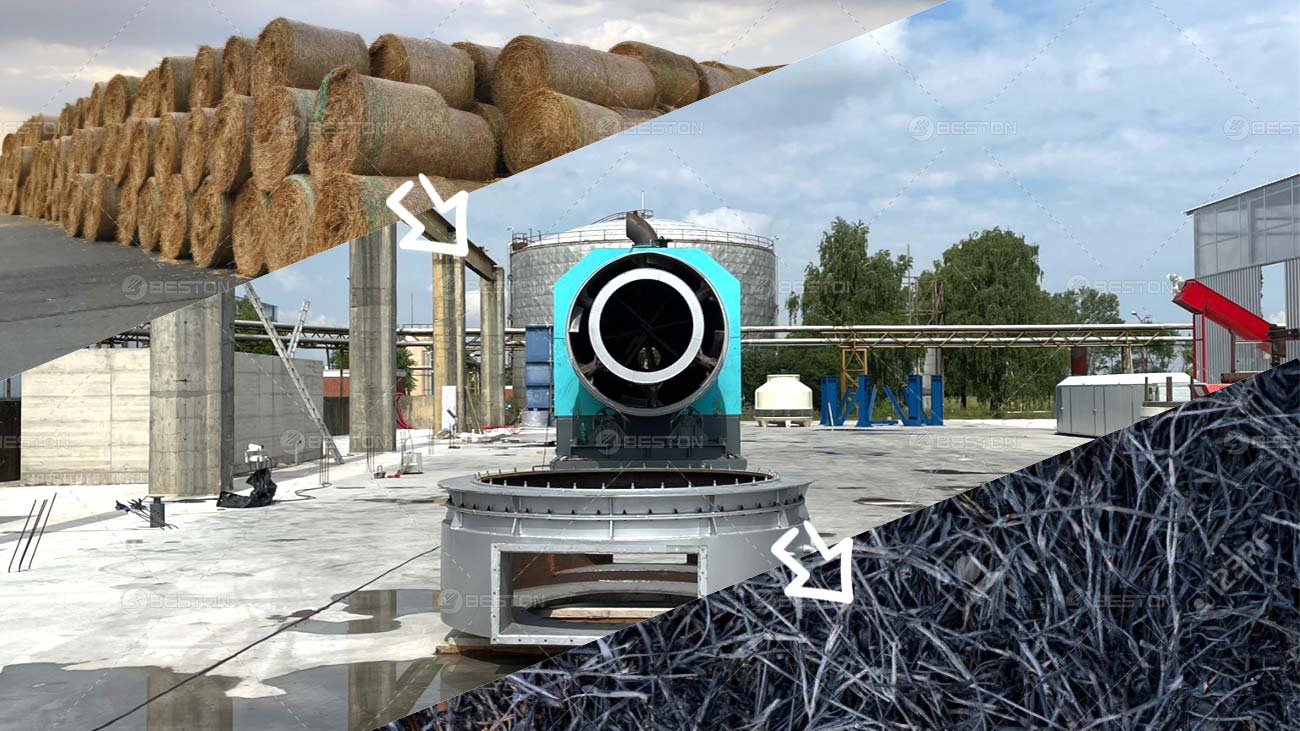The contemporary discourse surrounding sustainable practices in carbon management has ignited interest in biochar, an enigmatic substance derived from the pyrolysis of organic materials. The nexus between carbon sequestration and biochar unveils a compelling narrative that challenges conventional notions of waste management.
Unveiling the Pyrolytic Alchemy
Biochar, a carbonaceous residue arising from the thermal decomposition of biomass in an oxygen-limited environment, transcends the banalities of conventional waste management. The alchemy transpiring within biochar production equipment is a meticulous symphony of temperature, time, and feedstock selection. It is the scientific finesse within this apparatus that transmutes organic residues into a carbon-rich matrix, teeming with potential for environmental benevolence.
The arcane amalgamation of high temperatures – a characteristic feature of the pyrolytic process – begets a structural metamorphosis in the molecular composition of the biomass. The intricate dance of carbonization yields a material that possesses remarkable stability and resistance to microbial degradation. This attribute not only curtails the release of carbon back into the atmosphere but also endows biochar with an enduring capacity to sequester carbon over protracted temporal scales.

Carbon Sequestration Unveiled
At the heart of the biochar narrative lies its exceptional aptitude for carbon sequestration. The porous nature of biochar not only provides an idyllic habitat for microbial life but also serves as a physical refuge for organic carbon, preventing its conversion into greenhouse gases. This dual functionality elevates biochar beyond the realms of mere agricultural amendments and positions it as a potent tool in mitigating climate change.
The utilization of biochar biomass carbonization machine in carbon sequestration engenders a symbiotic relationship between humanity and the environment. The carbonaceous embrace of biochar not only ameliorates soil fertility but also contributes to the broader global imperative of reducing atmospheric carbon concentrations. As humanity grapples with the exigencies of climate change, the role of biochar as a guardian of carbon equilibrium becomes increasingly pronounced.
Biochar as a Catalytic Soil Amendment
Beyond its prowess in carbon sequestration, biochar unfurls an additional dimension of agricultural efficacy. The porous structure of biochar acts as a reservoir for water and essential nutrients, fostering an environment conducive to plant growth. This catalytic influence extends beyond the mere physical properties of biochar, as its introduction to soil induces alterations in microbial communities, enhancing nutrient availability and promoting soil health.
In the juxtaposition of these complexities, the significance of biochar/charcoal machine becomes glaringly evident. The precision in the engineering of such apparatus is integral to the reproducibility and scalability of biochar production. From the selection of feedstock to the intricacies of temperature control, the artistry within these machines is the linchpin of realizing the full potential of biochar as a sustainable agricultural amendment.

A Paradigm Shift in Waste Management
The advent of biochar and its intrinsic link to biochar production equipment (coconut shell/rice husk/straw/baoboo/wood charcoal making machine) marks a paradigm shift in waste management philosophy. The narrative of waste as an inert burden is supplanted by the conception of waste as a latent resource awaiting transformation. The integration of pyrolytic technologies not only mitigates the environmental toll of organic waste but also instigates a regenerative cycle wherein waste metamorphoses into a catalyst for carbon management.
In conclusion, the science of biochar, intricately interwoven with the nuances of biochar production equipment, stands as a testament to human ingenuity in the pursuit of sustainable solutions. As we navigate the terrain of climate change and environmental degradation, the symbiotic relationship between biochar and carbon management emerges as a beacon of hope. The alchemy within the confines of biochar production equipment beckons us to reimagine waste, not as a terminus, but as a conduit to a sustainable future.